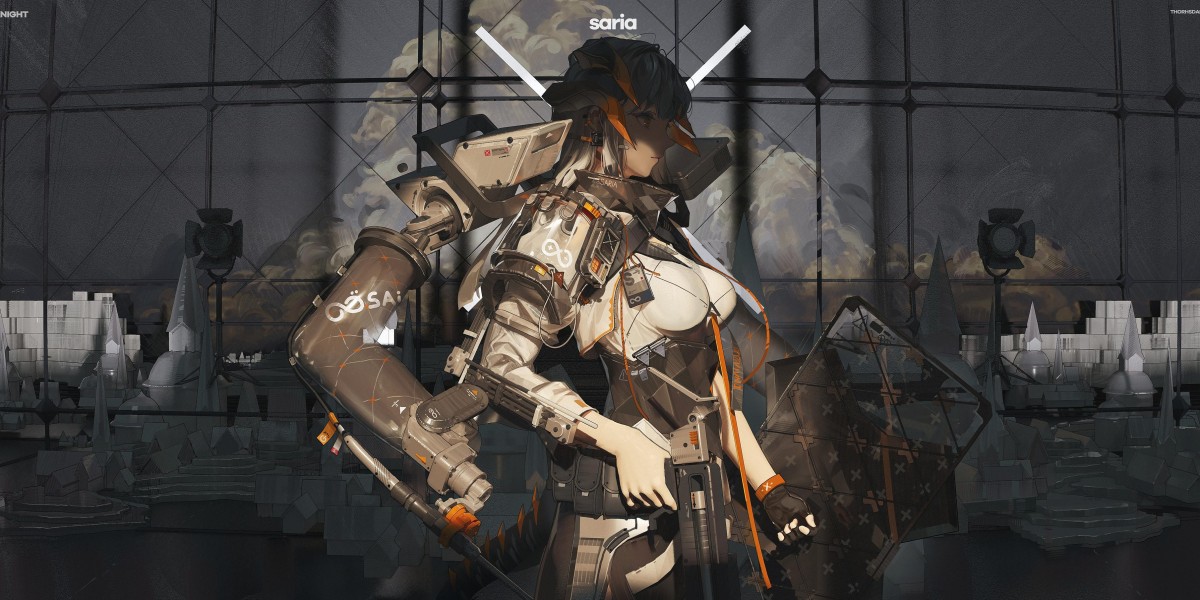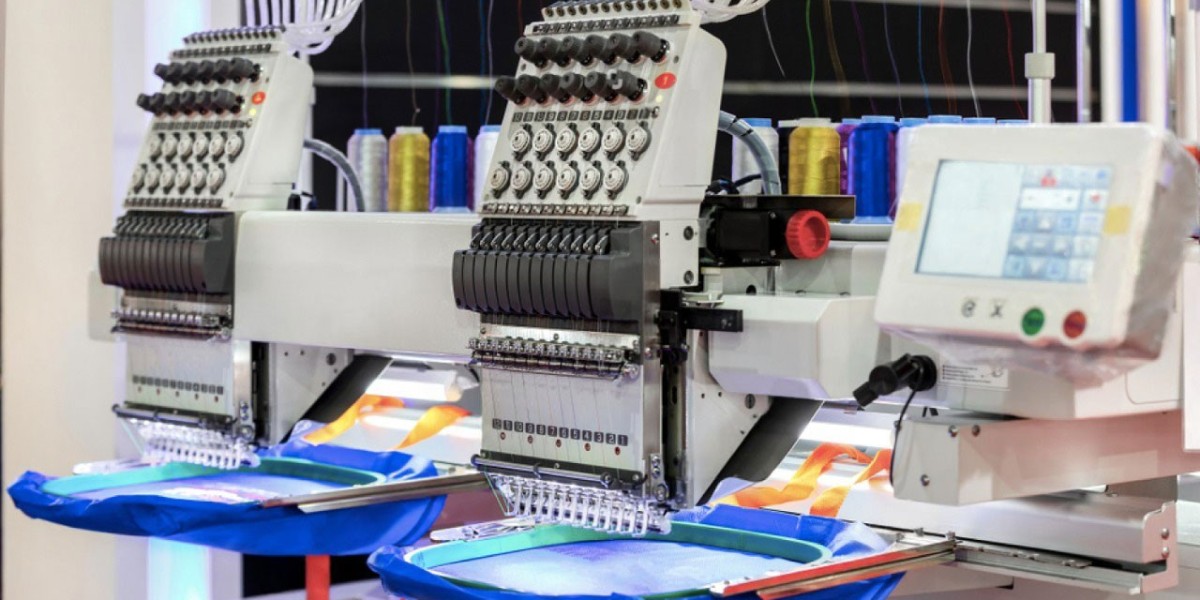Unlocking the Secrets of LOD: Transform Your Graphics Experience Today!
In the realm of computer graphics, the concept of Level of Detail (LOD) is pivotal in shaping the visual experiences we encounter daily. LOD refers to a technique used to manage the rendering of 3D models by adjusting their detail based on viewer distance and various contextual factors. Imagine walking through a virtual landscape in a video game; as you approach a tree, it appears in stunning detail, while those further away are rendered with less complexity. This not only optimizes performance but also enhances the overall aesthetic, ensuring your graphics look crisp and engaging. Whether you're a gamer, a designer, or simply someone who appreciates high-quality visuals, understanding LOD explained can significantly enhance your interaction with digital environments.

Understanding Level of Detail (LOD)
Level of Detail (LOD) is a crucial concept within computer graphics that focuses on optimizing the rendering process. At its core, LOD is about dynamically adjusting the complexity of 3D models based on their distance from the camera. When objects are close to the viewer, they are rendered with high detail, incorporating intricate textures and polygons. Conversely, objects that are far away are simplified to reduce the computational load. This technique plays a significant role in maintaining performance while ensuring visual fidelity. By managing how much detail is displayed, LOD helps in delivering a smoother experience, particularly in resource-intensive applications like video games and simulations. A friend of mine, an avid gamer, once shared how much smoother his gaming experience became after a game update that optimized LOD, allowing him to explore vast landscapes without lag.
How LOD Works in Graphics Rendering
Diving deeper into how LOD functions, there are several techniques employed to achieve efficient rendering. One of the most common methods is geometric reduction, which involves decreasing the number of polygons in a 3D model as it moves further from the camera. This not only speeds up rendering times but also conserves processing power, allowing for more complex scenes. Another essential technique is texture mipmapping, where different resolutions of textures are created and used based on the viewer's distance. For instance, when a player is close to a surface, high-resolution textures are applied, but as they move away, lower-resolution versions take their place. This layered approach ensures that the visual quality remains high where it matters most while optimizing performance overall. I recall a time when I was playing a driving simulator; the detail of the cars was breathtaking up close, yet as I sped down the highway, the distant buildings transitioned smoothly into less detailed versions, demonstrating the effectiveness of LOD in maintaining immersion.
The Benefits of Using LOD
The implementation of LOD in graphics applications brings numerous advantages. Primarily, it results in improved performance, as less processing power is required for distant objects, allowing systems to allocate resources more efficiently. This reduction in resource consumption is particularly beneficial for mobile devices and lower-end hardware, where maximizing performance is crucial. Furthermore, LOD contributes to an enhanced user experience by ensuring that graphics remain visually appealing without sacrificing frame rates. In scenarios where realism is essential, such as virtual reality or architectural visualization, LOD allows for a seamless transition between high and low detail, ensuring that users remain engaged without being distracted by performance drops. A close friend of mine, who works as a 3D artist, often emphasizes how LOD has transformed her workflow, enabling her to create more dynamic and visually rich environments without overwhelming her system.
Challenges and Considerations When Implementing LOD
Despite its advantages, implementing LOD comes with its own set of challenges. One significant issue is data management; developers must create and maintain multiple versions of 3D models and textures, which can be time-consuming and resource-intensive. Additionally, ensuring visual continuity is paramount; abrupt changes in detail can break immersion and distract users. Striking a balance between performance and quality is another consideration; if LOD is overly aggressive, it may lead to a noticeable drop in visual fidelity, which can be detrimental in applications aiming for realism. These challenges require careful planning and testing to ensure that the benefits of LOD outweigh the potential downsides. A colleague shared an experience where the lack of a well-implemented LOD led to an unfinished look in a project, ultimately affecting its reception.
Key Takeaways on LOD in Graphics Technology
In summary, Level of Detail (LOD) is an essential component in the world of graphics technology, playing a vital role in optimizing performance while enhancing visual experiences. From understanding its core principles to navigating the technical intricacies and benefits, LOD transforms how we interact with digital environments. As we continue to push the boundaries of graphics technology, embracing LOD can significantly elevate our visual experiences, whether in gaming, simulations, or other applications. Therefore, it's essential for creators and consumers alike to appreciate and understand the importance of LOD in shaping the future of graphics.








